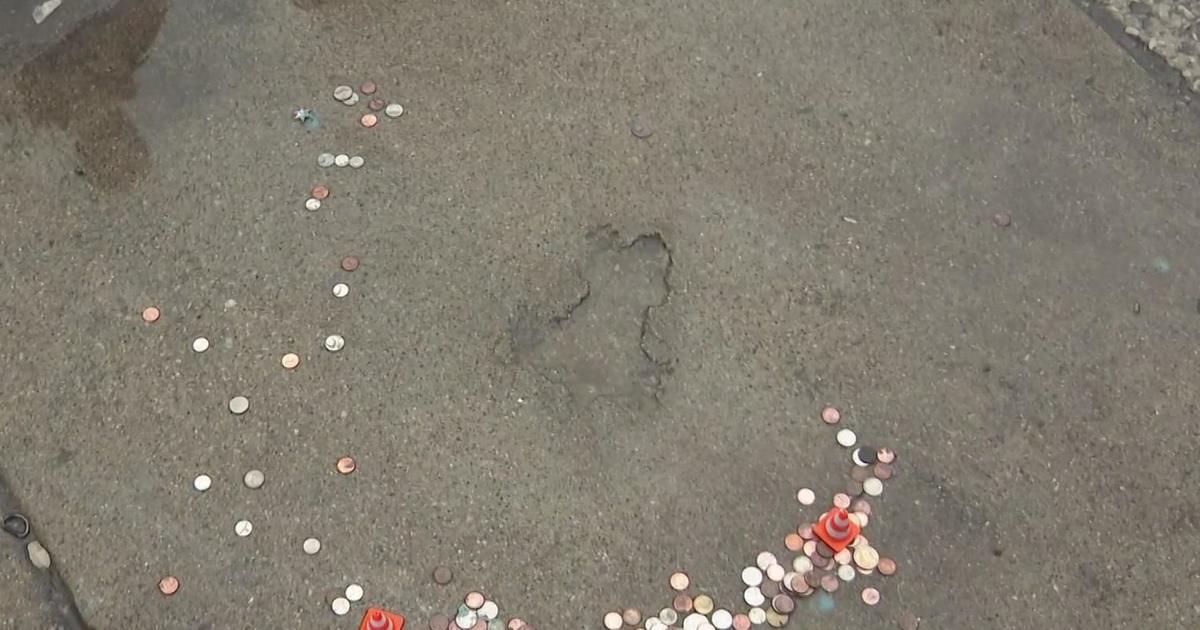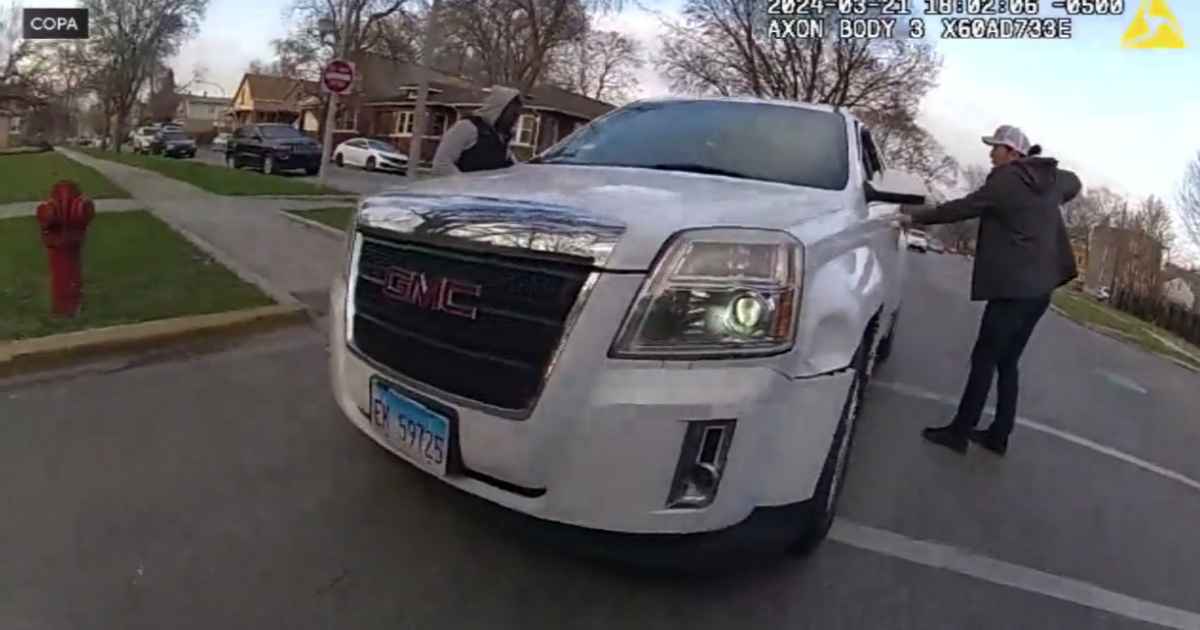100 Years Later: The Pain And Lessons Of The 1919 Chicago Race Riots
CHICAGO (CBS) -- It's called the Red Summer – race riots erupted in dozens of American cities in 1919, including Chicago.
Tension mounted for months in Chicago as African-Americans migrated from the South, needing jobs and housing. White Chicagoans resisted with violence.
As CBS 2's Jim Williams reported Friday night, it all came to head 100 years ago Saturday.
"My mother was crying," said Juanita Mitchell.
Mitchell, today 107, carries a childhood memory – the frightening noise of a mob right outside her home.
"They were just yelling at us," Mitchell said.
Her uncle shouted a warning.
"All of a sudden, I heard my uncle say, 'Here they come!'" Mitchell said. "And when he said that, it meant that the white folks were coming down 35th Street."
Mitchell lived with her family on 35th Street in Bronzeville. White gangs were looking to attack African-Americans.
Mitchell and her little sister hid behind a piano.
"My sister and I were very afraid," she said. "We didn't know what to expect."
It was just one sliver of the violence that engulfed Chicago 100 years ago this week, when Mitchell was 7 years old.
The 1919 Chicago Race Riots left an indelible mark on Mitchell and the city.
"The riots in Chicago shaped Chicago socially, racially, economically for the next 100 years – up to this very day," said author and journalist Lee Bey.
It began on the lakefront on July 27. A line, though informal, was ironclad at the 29th Street Beach – whites on one side, blacks on the other.
Eugene Williams, a young black man, was on a homemade raft as he drifted over the white side of the lake. A white man hit Williams with a rock and Williams drowned.
"The man who threw the stone was identified by other African-Americans, and the police were called and told, 'Here's the guy who threw the rock,'" said Brad Hunt of the Newberry Library. "But police refused to arrest the thrower of the stone."
A black man fired into the crowd and was gunned down by police.
Over the next week and across miles, the riots killed nearly 40 Chicagoans – most of them black. The riots also injured hundreds and left thousands homeless.
"Whites really tried to attack, did attack, and invade and otherwise terrorize black communities in Chicago," Hunt said.
But white gangs met resistance. African-American soldiers, just back from World War I, stood guard.
"And they knew how to fight," Bey said. "Didn't want to; a battle they didn't ask for – but they weren't going to just take it lying down."
That spirit of resistance would later inspire black Chicagoans to build businesses and seek political power. That made it possible for Chicago to elect African-Americans mayor decades later – Harold Washington in 1983 and Lori Lightfoot this year.
"But I think that that's less to do with Chicago having open arms and welcoming us and more to do with determination… that we are here and we're going to make our place here, regardless," Bey said.
Still, the riots left a bleak legacy – strained relations between the black community and police and racial segregation.
"White institutions start finding ways to informally and formally segregate," Hunt said. "(The idea was), 'If we keep people separate than maybe there won't be more rioting.'"
It was an impact felt across Chicago for generations. But it was at the doorstep of a 7-year-old girl that Juanita Mitchell saw the racial strife and its terrifying consequences.
"We were afraid to death," Mitchell said.
"Afraid to death – it was a terrible time, wasn't it?" CBS 2's Williams said.
"Oh absolutely," Mitchell replied.
After the riots, city leaders appointed a biracial commission to investigate what happened and to suggest how to prevent more violence. The conclusion was better education, police-community relations, housing, and jobs – issues we still discuss a century later today.



